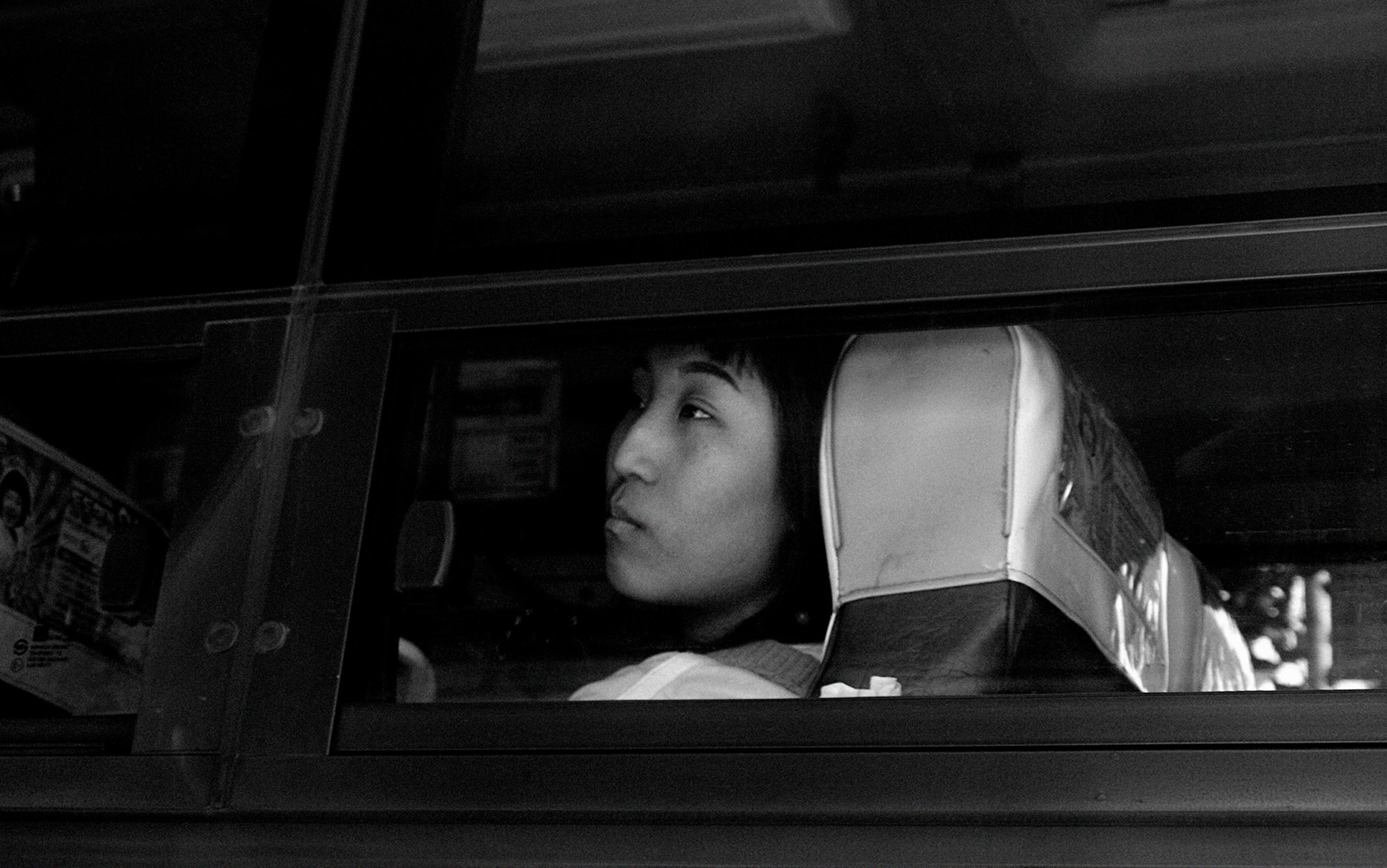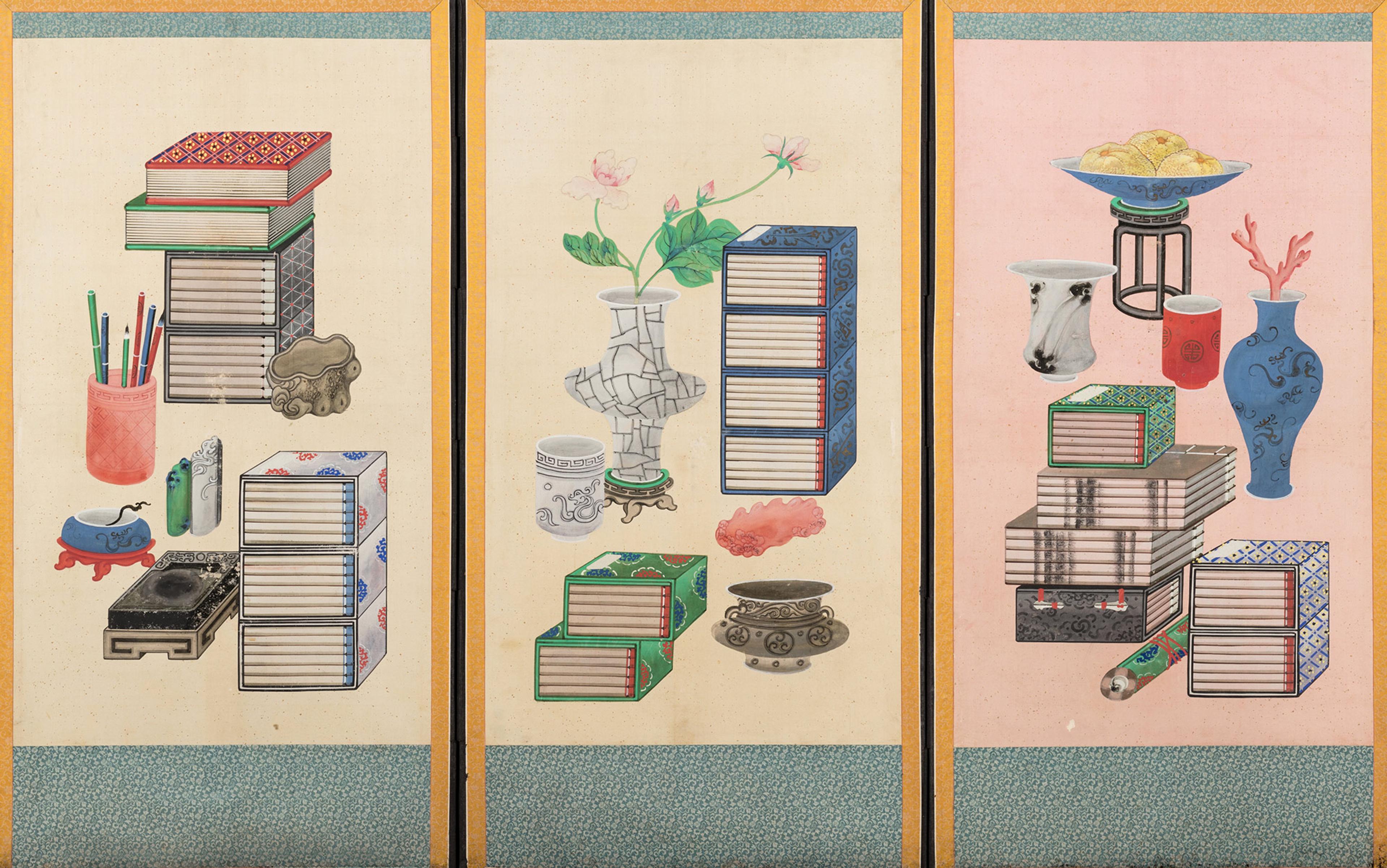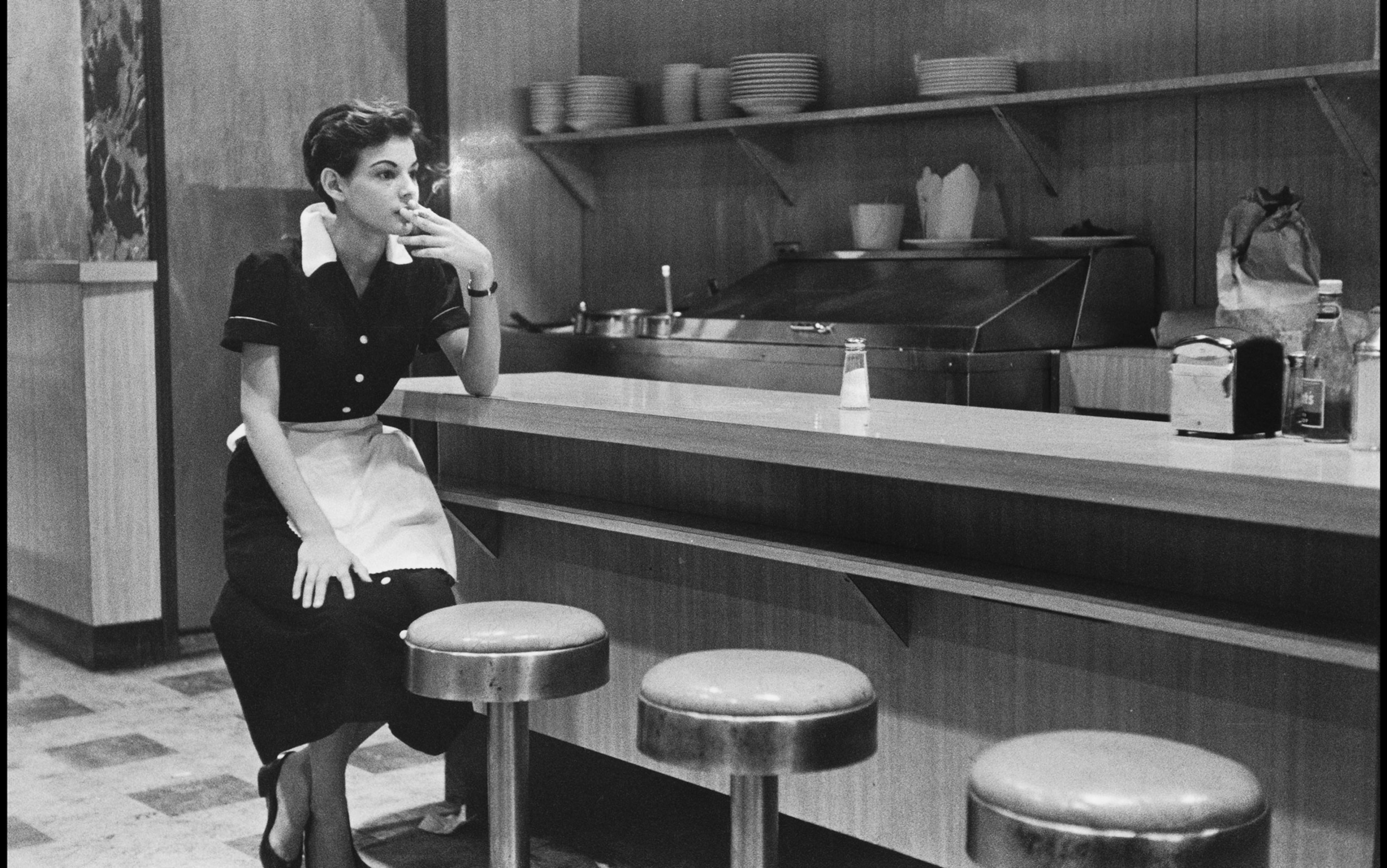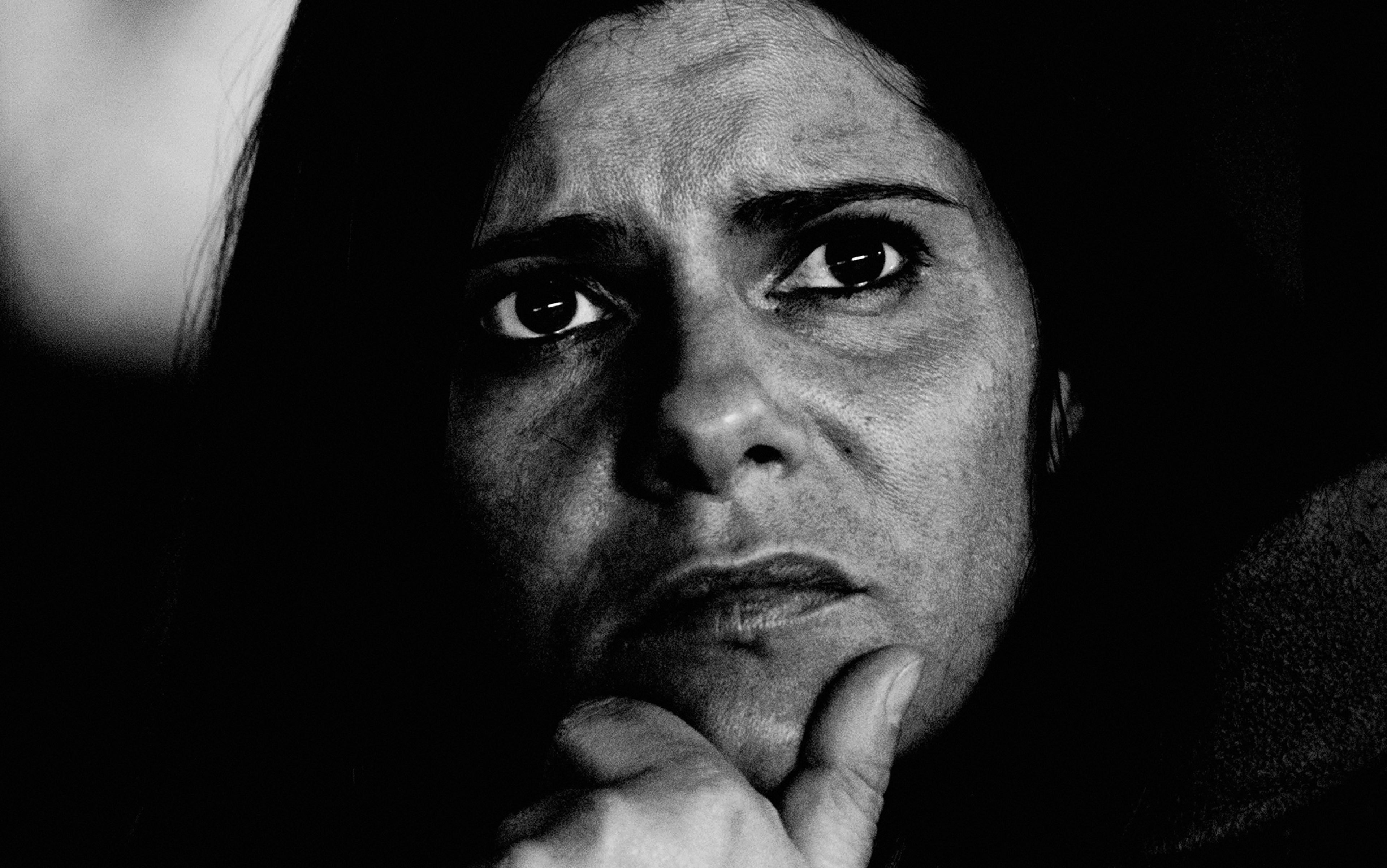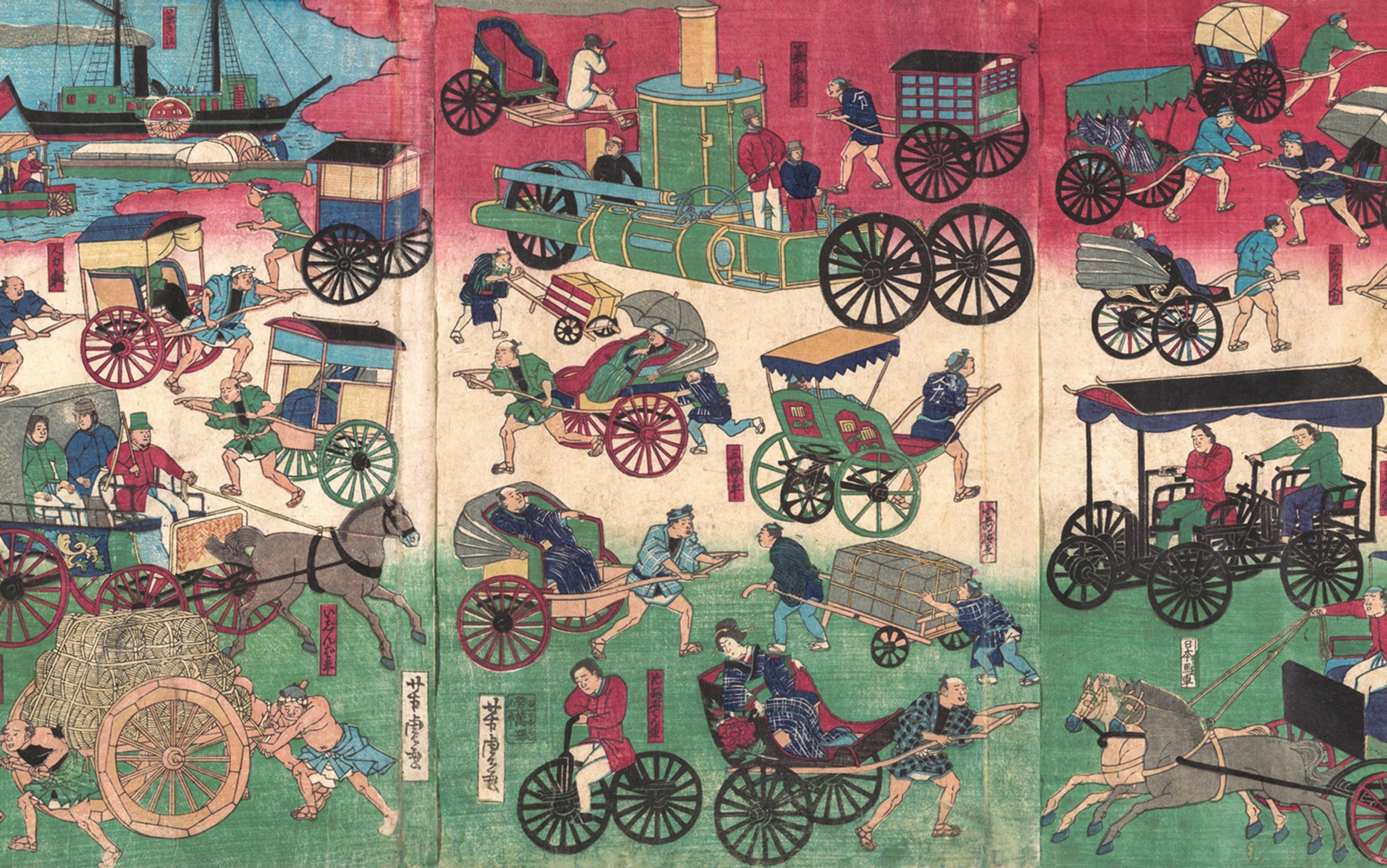As a Korean resident of the United States, I have been both amazed and bewildered by the recent success of Korean popular culture in the country. When I first came to the US in the mid-1980s, despite South Korea’s significant economic advances of the previous decades, most Americans I met still had the impression of my homeland as an impoverished third-world country that made cheap but shabby goods, often placing it in Southeast Asia, and sometimes confusing it with Vietnam.
But now, my students at the Midwestern university where I teach listen avidly to K-pop music (I still get startled when I turn on the radio to a local station and hear the singing of Korean lyrics), while many of my American friends are enthusiastic consumers of K-dramas. In 2020, the Korean film Parasite (2019) was nominated for six Academy Awards, out of which it won four, including Best Picture, the first foreign-language film to do so. In the following year, a movie about Korean Americans in 1980s Arkansas, Minari (2020), was also nominated for six awards, with the veteran actress Youn Yuh-jung, a familiar figure to South Koreans, winning Best Supporting Actress. In 2021, the television show Squid Game became the most-watched programme on Netflix in the US and in many other countries. I myself may have benefited from this development in a modest way, as the Penguin Classics edition of my translation of the Joseon dynasty novel The Story of Hong Gildong (2016) – the narrative of an outlaw hero comparable to Robin Hood, and the subject of a number of films and K-dramas – sold surprisingly well, and became required reading in many college and high-school classes.
These works have increased interest in Korean culture in general, creating opportunities for Korean American writers to emerge as explicators of all things Korean. In their writings, the concept of han (한) has been invoked as crucial to understanding the Korean character, as well as its culture and art. A supposedly untranslatable term, it denotes a uniquely Korean sense of profound sorrow, regret, resentment, rage and other negative emotions that are all bound up inside an individual as well as the people as a whole. It has been claimed that modern Koreans inherited it from deep tradition, as a collective emotional memory of their ancestors’ experiences of historical traumas, including many foreign invasions throughout the centuries. Han has frequently been mentioned in the US media too.
An early example is a 2003 episode of the TV show The West Wing that is titled ‘Han’, involving a visiting North Korean pianist who seeks to defect to the US. When thwarted from the course, the show explains, he’s filled with han, ‘a sadness so deep that no tears can come’. The late Anthony Bourdain, in his cooking and travel show Parts Unknown (2013-18), said that ‘To take a peek into the dark heart of the Korean psyche … it helps to get familiar with han … [it’s a] concept that for non-Koreans can be difficult to fully grasp.’ The concept was also invoked in magazine reviews of Parasite and Squid Game, though the word was never used directly.
When interpreters of Korean cultural products such as films and TV shows mention han, they are referring to the works’ intense emotionality, especially the feelings of sorrow, regret, resentment and rage associated with the concept. Parasite, for instance, begins with a family of swindlers who target a rich family, but their plot turns deadly with the explosion of seething anger from class resentment. Squid Game features the sad desperation of people whose lives are in such shambles that they willingly risk death in a series of sadistic games for a slim chance at salvation. Among other popular Korean films, one could point to the sorrow and rage of the inexplicably imprisoned man in Oldboy (2003), the abused and traumatised wife in Lady Vengeance (2005), the colonial subjects having to humble themselves before their Japanese masters and their collaborators in The Handmaiden (2016), and the poor youth who loses the girl he loves to a rich man in Burning (2018).
Seen from the perspective of han, such emotions seem to be the common theme running throughout all the works. That notion is a questionable one, yet, because han has become the unavoidable go-to term in explicating all things Korean, it is important to explore its exact origin and meanings. And it is ultimately necessary to ask whether it is indeed a useful term in understanding Korean culture.
For much of the 20th century, han has played a significant role in the self-definition of Koreans. It became a particularly important cultural concept starting in the 1960s when South Korea embarked on a concerted effort to overcome the tragedies of the recent past: colonisation by the Empire of Japan from 1910 to 1945; the forced division of the country into North and South following the defeat of Japan in the Second World War; and the devastation of the Korean War (1950-53). Even after South Korea took its place on the global stage as an emerging economic powerhouse, the stigma of han remained. Han not only pointed to all the sorrow and rage from the traumas inflicted on the people by the historic events, but also described the unique ways in which they carried and dealt with the experiences. Ultimately, han came to signify a kind of Korean exceptionalism defined by strength and resilience in the face of inherent sadness and pain.
The trope of han took powerful hold of the Korean imagination. In the cultural realm, major literary figures such as the novelist Pak Kyongni (1926-2008) and the poet Ko Un (1933-), among many others, claimed han to be the central aesthetic principle in Korean art and literature, applicable even to popular media products such as TV dramas and film. When explaining the term to non-Koreans, it became commonplace to insist that one could not understand the people without comprehending han, while also claiming that only a Korean could truly grasp it.
The influence of han reached a pinnacle with the release of the film Seopyeonje (1993) by the celebrated director Im Kwon-taek, about practitioners of the traditional singing/storytelling art of pansori, a work replete with the aesthetics of han. The movie was a domestic blockbuster, the highest-grossing film up to that time, but it also proved to be the last hurrah of han’s cultural significance.
The idea of han has undergone a significant decline in cultural importance in South Korea itself
When a cultural idea is transmitted from a country (South Korea) to emigrants from that place to another land (Korean Americans), there is an inevitable lag as well as a translation process that sometimes results in distortions. This often occurs across generations, when a notion is passed down to those who are not fluent in the language of their ancestry. The case of han provides a good example of this process.
In recent years, many Korean Americans have taken up the idea to define their identity and describe their life experiences and heritage. They say han explains Korean character and culture in mainstream media. And the concept shows up frequently in fiction written by Korean Americans, most recently in Patricia Park’s novel Re Jane (2015), which reimagines the story of Charlotte Brontë’s Jane Eyre (1847) in contemporary New York City with a Korean American protagonist. In the work, the ‘untranslatable’ han is characterised as the sensation of a ‘fiery anguish roiling in the blood, the result of being wronged’. In Jay Caspian Kang’s nonfiction book The Loneliest Americans (2021), on the status of Asian Americans in US society and culture, han is described as a ‘Korean condition in which the afflicted convinces himself that the world has turned its back on him…’
Yet few Korean Americans seem aware that the idea of han has undergone a significant decline in cultural importance in South Korea itself since the late 1990s, now to the point of irrelevance. With the achievement of prosperity and democracy, the notion of an essential character defined by a profound sorrow from trauma and unrealised potential no longer seems appropriate. Of course, the people of the country experience economic disparity, as brilliantly allegorised in Parasite and Squid Game, and gender inequality, as excruciatingly detailed in Cho Nam-Joo’s controversial feminist novel Kim Jiyoung, Born 1982 (2016; English translation 2020). They are cognizant of the endless crisis situation with North Korea, along with quality-of-life issues stemming from the competitive, workaholic culture (sometimes referred to as ‘Hell Joseon’).
But given the astounding economic, political and social achievements of the recent past, South Korean people no longer feel that they are perennially condemned as the passive victims of history. The word han is still mentioned occasionally in popular culture and used in colloquial language, notably in reference to the so-called ‘comfort women’, victims of sexual slavery by the Japanese military during the Second World War. For most contemporary South Koreans, however, the larger idea of han as a defining characteristic feels increasingly like a retrograde notion from the past. So they are likely to be taken aback that Korean Americans are still using the term to explain contemporary Korean culture to Americans.
The modern irrelevance of han is hardly the main reason to pause before invoking it yet again, however. Research into the concept’s origin reveals a deeply troubling history, one that has been implicated in Japanese imperial ideology, ethnonationalism and sexist reaction to the advancement of women’s rights.
Looking over the historical origin of han, I am immediately struck by the non-Korean source of both the word and its significance. Since ancient times, Koreans have assimilated Chinese culture into their own, including numerous words in their language. Scholars have estimated that as much as 60 per cent of Korean words are of Chinese origin (Sino-Korean), though only about 35 per cent are widely used in everyday language. Han is derived from hen (恨) which is in common usage in modern Chinese with the same general meanings of ‘resentment’ (yuanhen, 怨恨), ‘hatred’ (chouhen, 仇恨), and ‘regret’ (huihen, 悔恨). Of course, its Sinitic origin does not disqualify it as a Korean word, same as numerous English words are of medieval French origin, but it is somewhat ironic that a Sino-Korean term is thought to signify a concept so quintessentially and uniquely Korean. In addition, there is not a single piece of evidence that anyone prior to the 20th century thought that the word held some special meaning for the Korean character. In other words, the notion that Koreans are essentially a people of han was constructed entirely in the modern era.
The idea itself has roots in the Japanese imperial ideology that was used to justify the subjugation and exploitation of Koreans during the colonial era. With the expansion of the Empire of Japan, apologists for the takeover of Korea came up with the notion of naisen ittai (literally, ‘Japan and Korea, One Body’). It was based on the historical myth that the Japanese and Korean people came from the same ethnic stock, but Japan was able to advance through the natural stages of a civilisation’s development, ultimately reaching modernity, while Korea stagnated due to the backward and corrupt tyranny of its ruling class with its slavish devotion to Chinese culture. It was the duty of the Japanese to come to the aid of their unfortunate cousins and civilise them through imperial tutelage. The idea has its roots in Western theories of racial essentialism that the Japanese adopted, adjusted and then utilised for their own purpose. And despite the seemingly benevolent veneer of naisen ittai, it became the basis of an overt and virulent racism toward the Korean subjects of the empire.
In the modern era, the term han was utilised in praising women who bear their sorrow in silence
If there is one person who could be identified as the father of what would later be labelled han, it is not a Korean but the Japanese artist and art theorist Yanagi Muneyoshi (1889-1961). Yanagi disliked the impact of modernisation and industrialisation on art and the general culture of Japan. While he was a vociferous anti-imperialist who opposed the domination of Korea, he inadvertently contributed to the imperial project by buying into the historical myth of naisen ittai and elaborating on the essential sorrow of the Korean people from their sorry condition. Because Korea was such a backward and primitive place, its common people produced works (mainly pottery) of unrefined but authentic beauty that were filled with profound sadness. As elaborated in his essay Chōsen no bijutsu or ‘Korean Art’ (1922), a significant part of the misfortunes of the Korean people came from repeated invasions of the peninsula by foreign powers over the centuries. Artisans took all the negative feelings from their sufferings and channelled them into art, creating a sublime effect he called the ‘beauty of sorrow’ (hiai no bi). And so Yanagi was the first to fully articulate the notion of Koreans as a people defined by their sadness.
The idea of a Korean character shaped by foreign invasions is another modern myth, one still circulating today. The Korean peninsula was indeed subject to a series of terrible calamities through the 20th century, starting with colonisation by Japan in 1910. But in the previous period of the Joseon dynasty (1392-1910), during its more than 500-year span, it experienced just two major foreign invasions – by the Japanese in 1592-98, and by the Manchus in 1627 and 1636. While those events were no doubt terrible and traumatic, two such events in 500 years hardly constitute ‘constant invasions’. By comparison, one could look at how many times the Italian peninsula was invaded since the 14th century, or Poland or India, for that matter.
Korean nationalists, who fought for independence during the colonial era and then worked to build a new nation after liberation, were modernisers who had no interest in restoring the old order of monarchy and the yangban aristocracy. In their critique of the ruling class of the Joseon dynasty, it made ideological sense for them to adopt the imperial narrative of the stagnant backwardness of the country before colonisation. They even took up Yanagi’s notion of the deeply ingrained sadness of the Korean people caused by living under the tyranny and corruption of their feudal masters.
While Yanagi used the term hiai (悲哀, ‘sorrow’), Korean nationalists favoured han (한), a rather obscure word in the Joseon dynasty that began to appear with some frequency during the colonial period. Starting in the 1960s, intellectuals and artists went even further, elevating the notion as the true signifier of the essential Korean character, forged by the great sufferings of the past. This version of han, which emphasised inner strength, became an ethnonationalist concept, denoting the absolute uniqueness of the Korean character and culture. And so Korean culture, Korean art, Korean literature, Korean personality and Korean national characteristics all came to be explicated in terms of han.
In the 1970s, the idea became entrenched, taking on troubling gender implications as well. Scholars of imperial ideology such as Anne McClintock have pointed out that the colonial subject is consistently feminised as weak, irrational, primitive, childlike and unintelligent, needing the strong and rational rule of their masculine imperial masters. Once the Japanese who espoused the idea left the peninsula and Koreans adopted the notion that their people were defined by han, the concept was literally feminised through the idea that women were the exemplary carriers. This was expressed in the aestheticisation of women’s sorrow, which became a common trope in the culture.
A few years ago, I translated a Joseon dynasty novel entitled Record of the Virtue of Queen Inhyeon, Lady Min, which is loosely based on events that occurred in the royal court in the 17th century, involving a love triangle of the king, his virtuous wife and his evil concubine who schemes to take the place of the queen. I explicated the story in terms of how, in a patriarchal society, a woman is lauded for her passive acceptance of suffering through her loyalty to male authority figures, while a woman who seeks to better her lot through self-assertion and the pursuit of ambitions is vilified as a nefarious upstart. With the persistence of the idea in the modern era, the term han was utilised in praising women who bear their sorrow in silence.
Yet complimenting women for accepting their subordinate position in society has become inappropriate in today’s South Korea, where women have access to education and a majority of them choose to pursue their ambitions through work. Consequently, the use of han for the advocacy of a virulent and increasingly retrograde sexism became one of the reasons for its decline. As a feminist scholar once told me: ‘For feminism in Korea to thrive, han must die.’ What the present moment calls for is the aestheticisation of the beauty of women’s healing, resistance and empowerment.
When a word has a problematic history, it’s important to take note. Like han, the idea of ‘hysteria’ underwent a number of significant changes over time. In its ancient Greco-Egyptian conception, it was described as a woman’s illness resulting from the detachment of the womb. The term was revived in the early modern period as a form of profound melancholia. By the late 19th century, it had taken an ugly turn. In that era, the French neurologist Jean-Martin Charcot sought a physiological cause for abnormal behaviour that ranged from depression and violent acting out to paralysis and catatonia. Although Charcot thought that both men and women could be subjected to hysteria, it was generally coded as feminine. Finally, Charcot’s student, Sigmund Freud, denied the physiological basis of hysteria, turning it into a wholly psychological condition.
In the course of the 20th century, both the medical and psychological establishments have rejected hysteria as a diagnostic term. They’ve universally noted the great suffering that the label has caused to countless patients, the vast majority of them women, who were diagnosed as hysterics and subjected to all manner of intrusive, abusive and damaging ‘treatments’. Although still in colloquial use today, mainly in the form of ‘mass hysteria’, those who are cognizant of its history regard ‘hysteria’ as a toxic term tainted by its troubling history, its misogyny and the damage it’s done writ large.
The history of han is as problematic as that of ‘hysteria’, which begs the question of why anyone aware of its past would want to persist in its use, even through a redefinition that rejects its imperialist, racist, ethnonationalist and sexist legacy. Ever since Japanese propagandists invented the notion of Koreans as a people defined by their essential sorrow, so many people have attached so many disparate meanings to it that it has become a confused mishmash of ideas, in the same way that ‘hysteria’ became a meaningless term signifying any person, usually a woman, who displays extreme emotional behaviour.
Some people insist that han is a uniquely Korean idea that only Koreans can truly grasp. Yet it is about as useful at explaining everything Korean as the term ‘rugged individualism’ is at explaining everything American or the ‘Samurai’ is in capturing all that is Japanese. It is true that all the calamities and traumas of the modern era have provided Koreans with a great well of powerful emotional experiences from which to draw. But intense emotionality is hardly unique to Korean narratives, and the notion of a specific kind of sorrow/regret/frustration/rage that only Koreans can feel is absurd.
The key to understanding the success of Korean popular culture lies, then, in its hybrid nature
So if han is an idea that is too vague and incoherent to explain the spirit of modern Korean films and TV shows, what accounts for their global popularity? The attraction, I believe, lies in a hybrid approach to cultural creation at which South Koreans have become particularly adept while striving for domestic wealth and respect abroad.
When the Korean War ended in 1953, South Korea – a small country with no valuable natural resources to speak of – was one of the poorest nations in the world, with urban and industrial centres flattened by bombs and people traumatised by division and war. From that dire situation, the only way the country could hope to achieve a measure of prosperity was through rapid industrialisation and participation in global trade. The endeavour began in earnest in the 1960s, under corporatist dictatorships and upon the backs of the labouring class. In the beginning, South Korea did make cheap and shabby goods for export but, by the 1980s, the country’s industry moved on to more sophisticated products such as electronics, automobiles and ships, and then later semiconductors, cellphones and high-end cosmetics. After achieving wealth and democracy in the late 1980s, there was a concerted effort to export Korean cultural products.
During the 1990s, a commonly heard phrase related to the enterprise was ‘What is most Korean is most global’, meaning that the key to successfully introducing Korean culture abroad was not through slavish imitation of foreign art but offering what was authentically Korean.
It turned out that the formula was only half right. The supposedly quintessential Korean film and domestic blockbuster Seopyeonje failed to garner much interest abroad.
The success of Korean popular culture thereafter lay in offering narratives of local interest to audiences abroad. That was accomplished by emphasising universal themes such as love across forbidden boundaries or frustration at social inequity, and presenting them through the mastery of cutting-edge filming and narrative techniques. So Parasite and Squid Game are about class conflict in contemporary South Korea, but their creators’ familiarity with the conventions of Western media allowed them to tell the stories in ways that audiences of any capitalist country could comprehend and even identify with. Likewise, the films The Host (2006) and Train to Busan (2016) successfully replicated the Western genre of the monster or zombie movie but in Korean settings and featuring Korean themes.
In the case of Train to Busan, about people on a train trying to survive a zombie outbreak, the critique of selfishness and loss of community is crystal clear. International viewers not only enjoyed the narrative but also the novelty of a foreign setting. Western viewers responded to the idea of survival based on a sense of community, rather than needing an individual to prevail. In other words, what made these films attractive to non-Koreans was not the mere replication of the Western genre conventions but the mixing of Korean aesthetics with Western ones. It would be hard to argue that their popularity with American viewers had anything to do with emotions associated with han.
The key to understanding the success of Korean popular culture lies, then, in its hybrid nature, of featuring Korean and Western as well as international elements, creating a captivating effect of being familiar but also novel/alien/foreign at the same time. South Koreans have proven to be particularly adept at this approach because finding a place for their country’s goods in the global market through adaptation was something that they have had to do from the beginning of its effort to achieve domestic prosperity and international respect.
Recently, a number of Korean American writers have written beautifully about what han has meant to them, especially in the construction of their identity as Korean Americans. But they have largely avoided the troubling historical origins and the problematic uses the term has had in the past. I invite people to consider the full story so that they can make informed decisions about whether the term is worth preserving as anything other than a historical artefact that is best left in the past.
